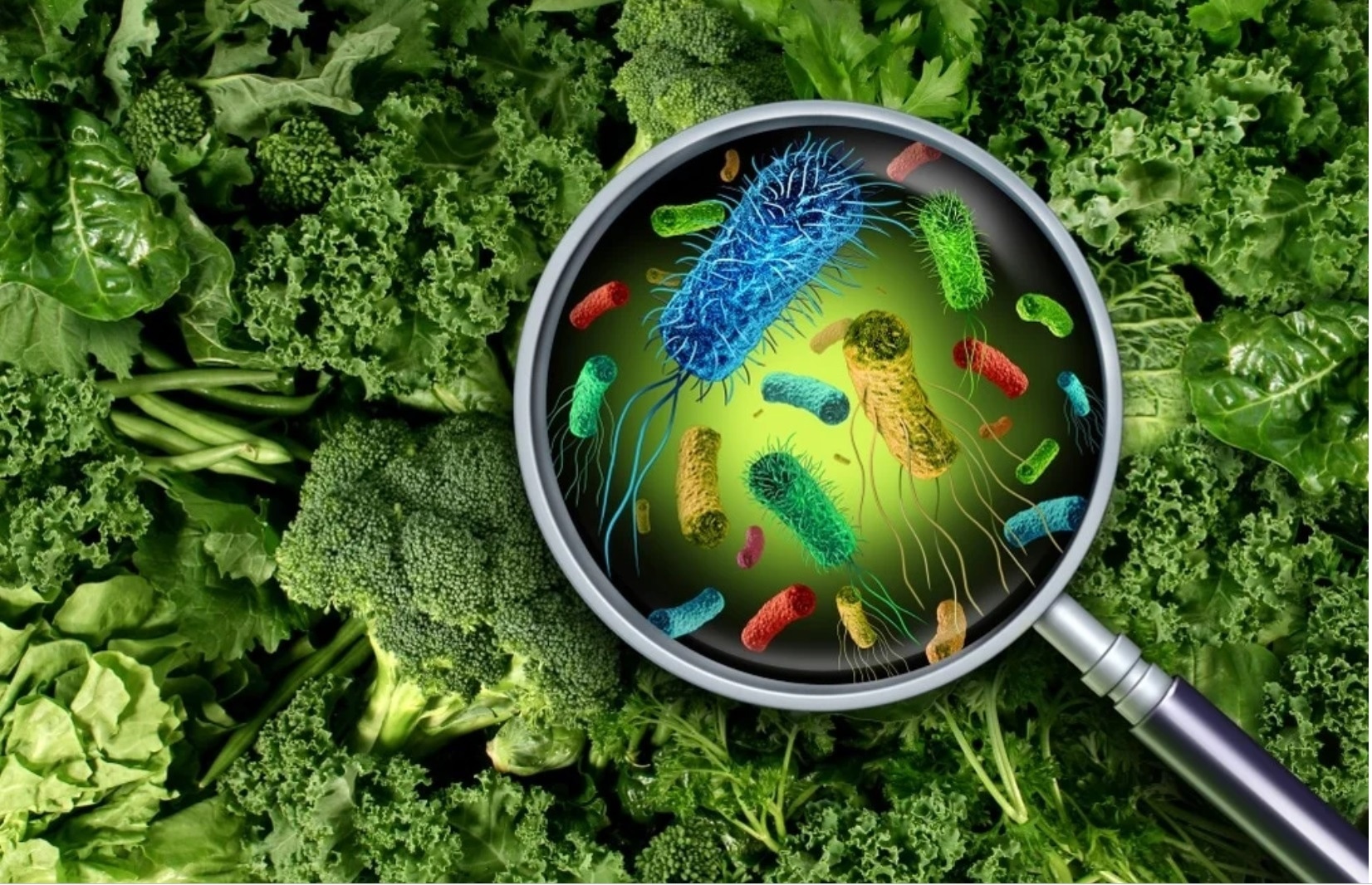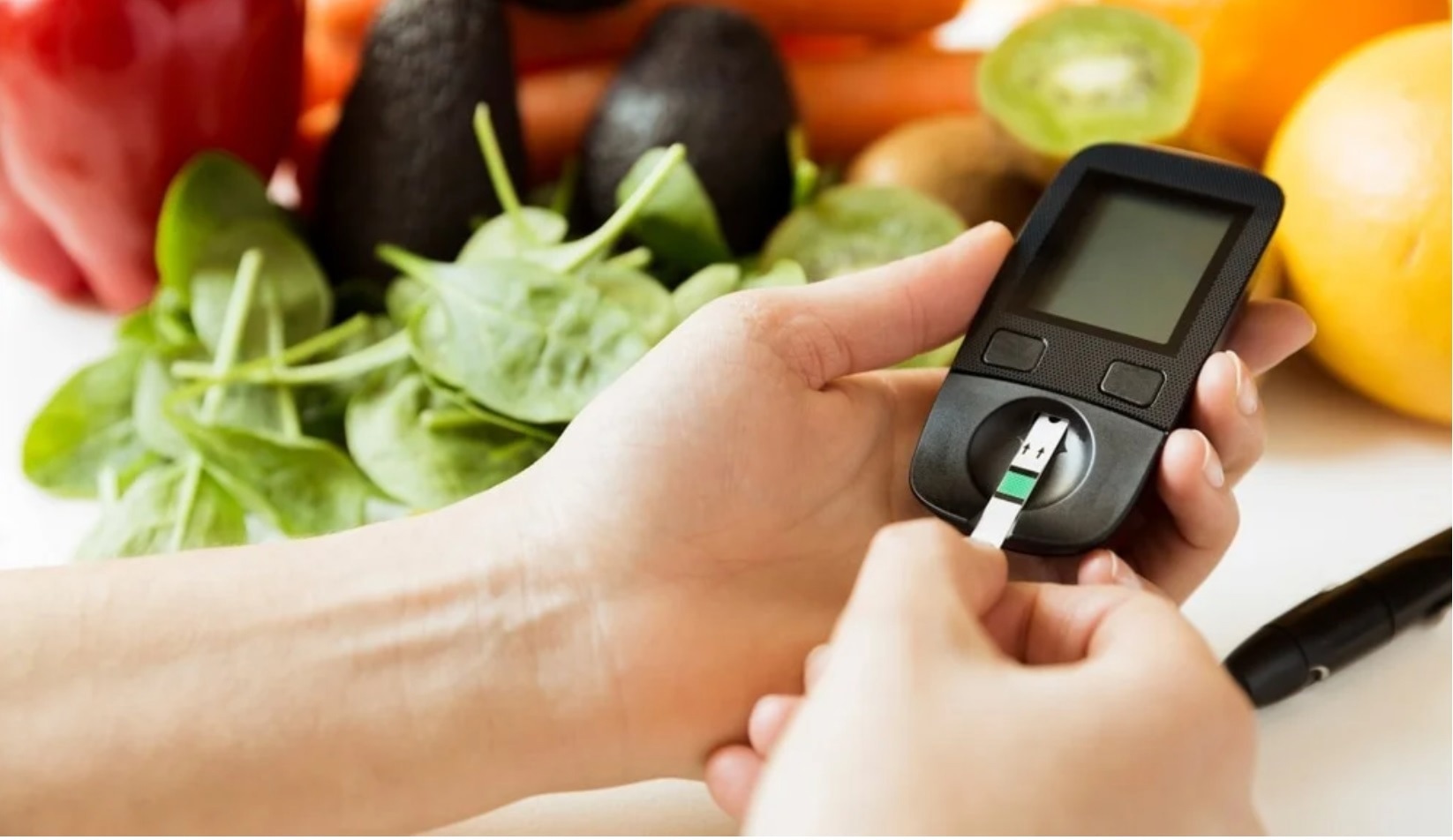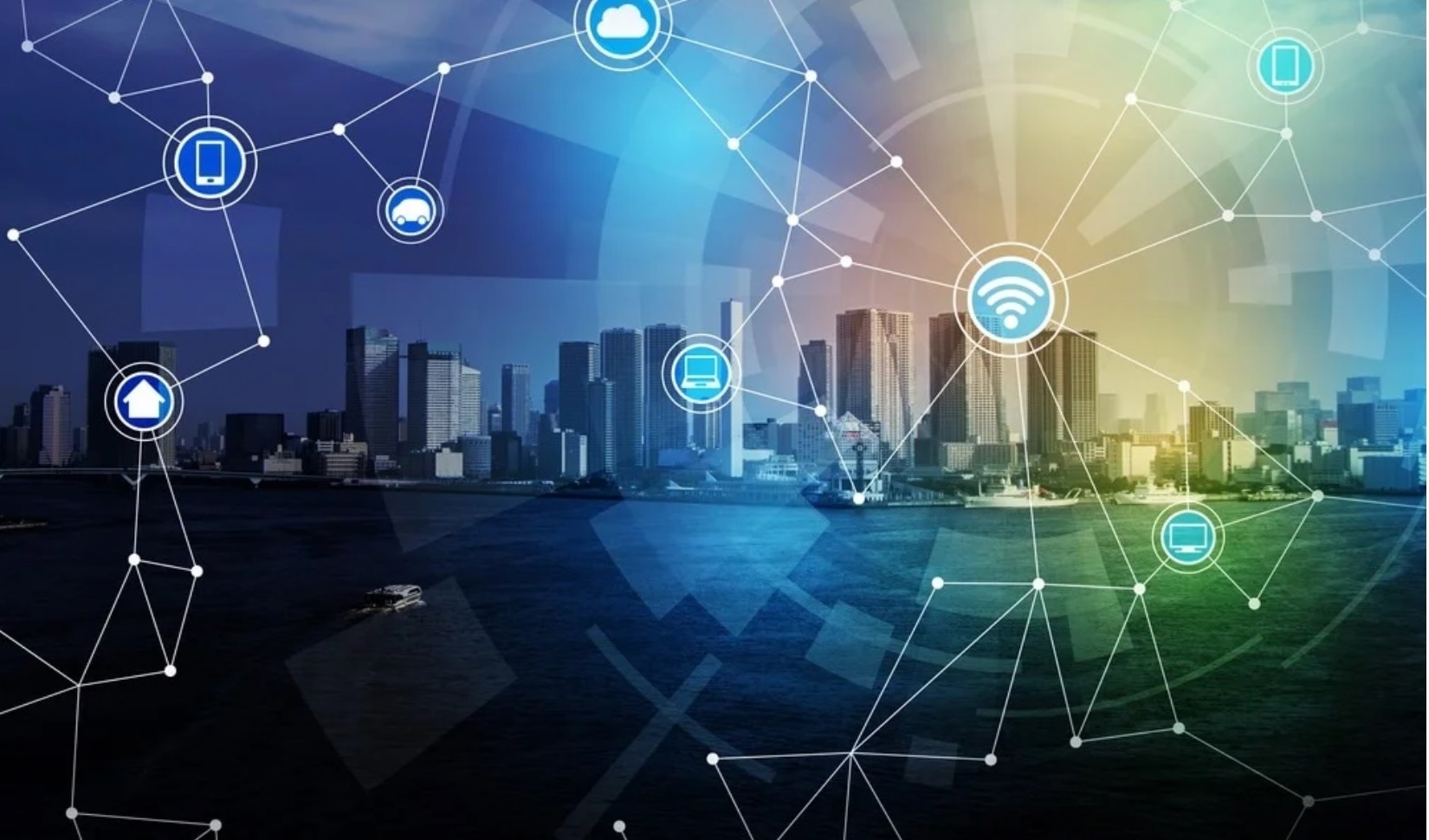Sponsored Content by PittconFeb 12 2021
What are some techniques used to monitor the environment and food?
A broad range of analytical chemical methods is used for environmental monitoring and food safety. Some of these are lab-based techniques, such as mass spectrometry, GC, HPLC and chromatography, while some are technologies that can also be used on-site.
These on-site technologies are typically dominated by portable, self-sustained sensors, either biosensors or chemosensors.
The scope of each of these techniques is quite different. Lab-based techniques require trained personnel, but these can reach very low limits of detection and can specifically detect various types of analytes.
In case of on-site analysis this is accomplished by sensors, but in general, the sensitivity of these techniques is slightly worse than that of the technologies used within the lab.

Every food supplier has their food checked regularly for pesticides, residues, or for contamination with harmful bacteria or chemicals. Image Credit: Lightspring / Shutterstock.com
How essential is research into environmental and food monitoring?
Without this research, we are not able to determine whether our environment is clean, safe and stable.
The same principle applies to our food. If we were not able to monitor our food – for example, regarding its ingredients and whether it is safe - we would have an extremely unsafe food production chain. This could potentially harm the consumers as well as our environment.
Monitoring environmental and food safety are generally routine processes. Every food supplier has their food checked regularly for pesticides, residues, or for contamination with harmful bacteria or chemicals. Without these routine checks, I do not think our society could survive.
What is the main message of the research you are presenting at Pittcon, titled ‘The Future of Environmental and Food Monitoring’?
The main message of my talk is that there is an ever-increasing demand for the ability to detect on-site, in-field and as a ‘point-of-need’ application. This demand exists in food safety testing, sustainable agriculture, and ensuring that an environment is clean and safe.
These application areas can be serviced especially well by on-site testing, particularly through the use of bio- and chemosensors. In terms of food safety, food production from farm-to-fork is becoming increasingly global. There are more and more checkpoints at which we need to rapidly assess whether ingredients or entire foods/products are safe.
With this ever-increasing global trade, we need to have longer food storage times. We need to ensure that, even if food is not stored under proper conditions, it is still safe to eat.
Our research is focused on developing sensors that can serve exactly this purpose, enabling users to rapidly and inexpensively determine whether food is safe or whether an environment is clean and protected.
Taking samples and bringing them back to the lab is still a commonly used approach, but this is not sustainable given the increasingly complex and time-sensitive demands of analysis that we are seeing.
Analytical Methods in Environmental Monitoring & Food Safety
Antje Baeumner Interview 2 from AZoNetwork on Vimeo.
Throughout your career, you have focused much of your research on biosensors. What are biosensors and how do they act as a monitoring mechanism?
Biosensors are best understood by considering something that you may be familiar with - a glucose sensor. People with diabetes will use biosensors as a diagnostic device to measure their blood glucose levels on a regular basis.
Another very typical example is a home pregnancy test, which can quickly determine whether or not someone is pregnant.
A biosensor consists of a very simple readout device that can specifically and sensitively determine the signal that is produced by a biological recognition element such as an antibody, an enzyme, or a DNA molecule.
In the case of glucose, this would be an electrode that measures through electron transfer the reaction between the enzyme and glucose, while in the case of pregnancy tests, this is a visual readout caused by a signaling agent binding to the pregnancy hormone.

People with diabetes will use biosensors as a diagnostic device to measure their blood glucose levels on a regular basis. Image Credit: Arturs Budkevics / Shutterstock.com
The biosensors that we develop do the same thing, but rather than looking for glucose or a pregnancy hormone, we are looking for pathogens, allergens, environmental contaminants, pesticides, etc.
In all cases, we look for biological recognition elements that can specifically bind the analyte, such as salmonella in hamburger meat. We then employ a readout technology that allows us to do this at the farm, in the field, at home, or at the doctor's office, rather than only being able to do this in a centralized lab.
The power of this technology comes from combining these two different elements.
This approach works well because the biological molecule that we use for biorecognition is created within a complex environment. Enzymes, DNA molecules and antibodies all exist and work within our own body, in blood, in urine and saliva.
Despite this complex environment, they can still recognize the analyte while being essentially blind to the molecules that are surrounding the analyte of interest. This superior ability to recognize the target analyte means that biosensors can be specific and powerful on-site detection devices.
What are some applications you envision for biosensor detection and monitoring technology?
We are typically looking for pathogenic organisms that are present in the environment or in food. In terms of analytes, we look for a pathogen either based on the pathogen itself being present, based on a specific toxin it produces or the nucleic acid that is contained within.
These pathogens can be present both in food and the environment, and our technologies cross feed from each other because we are looking for a similar analyte in two different settings.
Pathogenic organisms are clearly very important, but in food safety, we also need to identify food allergens. We need to detect residues that may have accumulated throughout the growing season, for example, pesticides, fertilizers or any type of contaminants that may have been introduced throughout the food processing chain.
In terms of environmental monitoring, the list of potential contaminants is almost endless. In our developed world, large numbers of chemicals used for manufacturing and agriculture enter the environment. Microplastics have replaced pesticides as the most talked-about target for analysis.

Microplastics have replaced pesticides as the most talked-about target for analysis in environmental monitoring. Image Credit: David Pereiras / Shutterstock.com
Your research also spans not just analytical chemistry but other subjects like biochemistry and molecular life sciences. How does drawing on various knowledge sources contribute to your work?
The field of biosensors is inherently interdisciplinary. We need to understand the life sciences, where our biorecognition elements come from.
We also need to understand the physical sciences, where our transducers come from, and the chemistry that is going to support the generation of those sensors, whether this is immobilization or the interaction of our biorecognition element and transducer with the outside world.
Finally, we need to understand specific interfaces in order to know what is happening in the bio-solution.
These areas must all work together in order to be able to develop new biosensors, to make them function, and to ensure that they are relevant to the application areas that we are interested in.
Sometimes we can manage these areas by ourselves, and sometimes we need to collaborate with experts in their respective fields, using the best technologies available to tackle a specific analytical challenge.
What is the difference between a biosensor and a chemosensor in the context of monitoring the environment and food?
A biosensor contains a biological recognition element, and a chemosensor contains a chemical recognition element. Both have different specificities, but both of these devices are used in environmental monitoring and food safety.
Chemical sensors can contain, for example, a molecular imprinted polymer that tries to bind to an analyte in the same way that an antibody would, or use small ionophores for ion-selective electrodes.
One advantage of a chemosensor is that it does not contain a fragile biological molecule. Rather, they contain chemically derived compounds that do not denature or lose their recognition ability under extreme conditions. However, the inherent advantage of biological recognition molecules is their specificity, and that can seldom be matched by a chemical mimic.
It is important to look into the specific analytical challenge and determine whether stability or specificity is more important or whether a certain analyte can only be recognized by a specific type of recognition molecule.
What does the future hold for you and your research on environmental and food monitoring?
We are preparing our sensors to be integrated and connected with a larger network of other sensors. The Internet of Things and Industry 4.0 are already buzzwords in many fields, especially in manufacturing and the chemical industry.
Many industries are ready to connect different systems without a human being involved in that connection, and sensors play a key role within this. If we are to make effective decisions, we need to be able to identify and determine what is happening on-site.
Part of our research is to look into sensing technologies that are ready for this connection to the broader network - the Internet of Things.
Sensors need to be more autonomous and able to connect wirelessly to satellites or data clouds. They also need to provide analytical data without human interaction.
We are looking for technologies that provide very high signal versus very low background noise because a clear distinction between signals makes an automated decision possible - it is not a judgment call.
As chemists and bioengineers, we can work on this part of the equation, and we can look for colleagues who can then make sure that our sensors can be connected to the global network.

Sensors need to be more autonomous and able to connect wirelessly to satellites or data clouds. Image Credit: metamorworks / Shutterstock.com
From eating habits to implications on the environment, our society and the natural world around us are heavily intertwined. Where do you see these fields headed in the future with application to our everyday lives?
When we talk about food safety, we also have to talk about food security and ensuring that there is enough food available for us to consume.
This is where biosensors or chemosensors can play an important role, helping us establish sustainable manufacturing of food products and avoiding food waste by allowing us to investigate whether food is safe for consumption and not spoiled, rather than just looking at contaminants or pathogens.
We can also develop sensors for applications related to food production, ensuring that more food is available for the growing number of people living in our world and ensuring that we waste much less food.
One example involves sensors integrated into food packaging so that instead of estimating the date before which food is safe to consume, we actually have a direct readout that tells the consumer that the food is still safe to eat. The sensor could indicate when the package of food needs to be disposed of.
The implementation of these types of sensing capabilities could reduce food waste.
How does Pittcon influence the realm of environment and food science?
Pittcon has grown over the years to incorporate analytical chemistry technologies for environmental monitoring and food safety.
I think it is important to discuss environmental and food science among analytical chemical scientists, looking at where research is going in these areas, where there is a demand for new technologies and where there are hurdles that need to be overcome.
A conference like Pittcon provides a perfect environment for this because there are so many experts from so many different areas coming together. We need this level of collaboration if we are to address future challenges with environmental monitoring and food safety.
Why are events like Pittcon important – now more than ever for the scientific community?
In order to solve the complex problems our society faces, we need to address these from multiple points of view and bring together experts from many different areas because one field alone could not do this.
Pittcon gathers people from a variety of different backgrounds, facilitating information interchange, discourse and scientific discussion that helps us to think further and develop better ideas for future research.
About Professor Antje Bauemner
![]()
Since August 2013, Professor Antje J. Baeumner has been leading the Institute of Analytical Chemistry, Chemo- and Biosensors at the University of Regensburg in Germany. She came to Regensburg from Cornell University, where she still is an adjunct professor in the Dept. of Biological Engineering and a member of the graduate fields of Food Science and Technology, and of Biomedical Engineering.
She is President of the International Association of Environmental Analytical Chemistry (IAEAC) and Editor of the Springer Nature journal Analytical and Bioanalytical Chemistry, ABC
Science and engineering, research and teaching have always been at the center of her professional life as she enjoys working with, learning from and with the incredibly smart people in our broad scientific community. The development of analytical (micro)systems and biosensors that ameliorate the plethora of challenges faced in the fight against diseases and pollution is driving her scientific work. Together with her wonderful and energetic international research team she finds new strategies, new materials and new sensing concepts for the detection of pathogens, toxins and clinically relevant biomarkers, especially as food safety, environmental monitoring and clinical diagnostics in resource-limited settings need much of our attention today to enable healthy and sustainable societies.
About Pittcon
 Pittcon® is a registered trademark of The Pittsburgh Conference on Analytical Chemistry and Applied Spectroscopy, a Pennsylvania non-profit organization. Co-sponsored by the Spectroscopy Society of Pittsburgh and the Society for Analytical Chemists of Pittsburgh, Pittcon is the premier annual conference and exposition on laboratory science.
Pittcon® is a registered trademark of The Pittsburgh Conference on Analytical Chemistry and Applied Spectroscopy, a Pennsylvania non-profit organization. Co-sponsored by the Spectroscopy Society of Pittsburgh and the Society for Analytical Chemists of Pittsburgh, Pittcon is the premier annual conference and exposition on laboratory science.
Proceeds from Pittcon fund science education and outreach at all levels, kindergarten through adult. Pittcon donates more than a million dollars a year to provide financial and administrative support for various science outreach activities including science equipment grants, research grants, scholarships and internships for students, awards to teachers and professors, and grants to public science centers, libraries and museums.
Visit pittcon.org for more information.